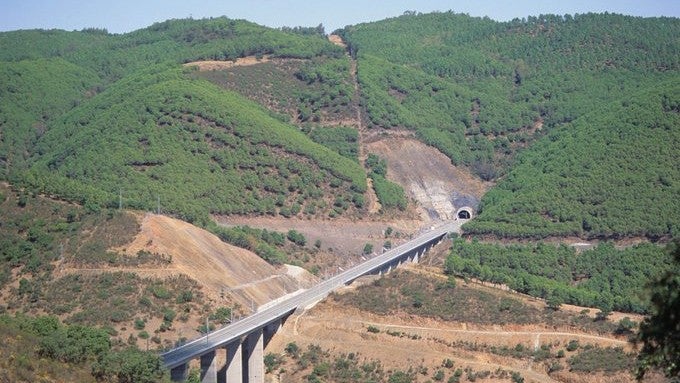
The European Commission has referred Spain to the EU Court of Justice for violating regulations that enforce a single railway area across Europe.
The commission today (18 October) released a statement questioning the independence of ADIF, Spain’s government-owned railway infrastructure company.
ADIF builds and maintains Spain’s 4,000km high-speed rail network – the second longest in the world after China.
The European Commission says it is concerned over ADIF’s capacity for “drafting contractual agreements” and determining “infrastructure charges”. It has not, however, given ADIF a set deadline to alter its rail system in line with EU requirements.
ADIF rail projects in jeopardy?
ADIF is currently overseeing the inauguration of a 46km line between Xàtiva and Nudo de la Encina, the second phase of a new route connecting Valencia and Alicante.
It forms part of the Mediterranean Corridor, which has received more than $3m in funding since June 2018. Europe already boasts the world’s most interconnected continental train network, with routes linking 33 European countries.
ADIF’s projects are expected to continue on schedule, even if the court case lands a temporary blow to the oft-lauded competitiveness of Spain’s high-speed rail industry.
Spain’s transport industry may carry out fewer deals than other European countries, according to GlobalData research, but Madrid has capitalised on the EU’s rail liberalisation policies to increase competition. This has resulted in favourable prices and better service for passengers.
More than 300 high-speed trains operate daily in Spain, with delays a rarity and cancellations almost unheard of. If a Renfe high-speed train is delayed by more than 15 minutes, passengers are refunded 50% of their ticket; if delayed by more than 30 minutes, a full refund is issued.
In comparison to Spain, France has built 2,785km of high-speed rail, while the UK, still coming to terms with the HS2 fiasco has 68km.
Our signals coverage is powered by GlobalData’s Thematic Engine, which tags millions of data items across six alternative datasets — patents, jobs, deals, company filings, social media mentions and news — to themes, sectors and companies. These signals enhance our predictive capabilities, helping us to identify the most disruptive threats across each of the sectors we cover and the companies best placed to succeed.



